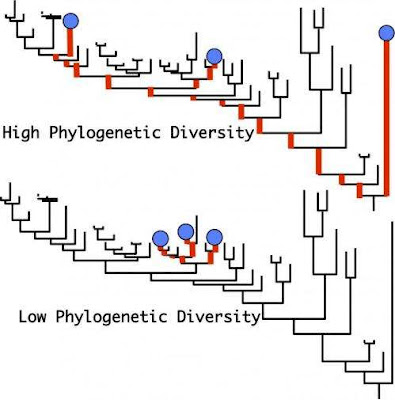Limits of our Resources
After the Second World War, the world economy entered a period of unprecedented economic growth. This growth process not only reduced relative poverty in almost all nations but also enabled developed nations to reach their current level of prosperity. However, this growth process also brought with it problems about the sustainability of this growth. The Club of Rome, one of the main think tanks that put forward such problems, posed the question "How much more is it possible to grow?" to a group of scientists from MIT University. Donella Meadows and her coworkers published their work to answer this question in a report called The Limits to Growth. This report, published in 1972, has since been regarded as the fundamental study that has determined the growth limits of our civilization.
Although The Limits to Growth is a very comprehensive report, it looks at the problem of growth from a narrow perspective and asks, “Do we have enough resources to grow even more?” and then tries to answer this question. When we look at the problem from the year 1972, we can see that we had enough resources to grow for that moment and that these resources would only be sufficient until 2072 unless changes are made in the production methods. Nearly 50 years have passed since the publication of the report, which concluded that “If we continue to grow and consume resources like this, our civilization will face a major crisis in a hundred years.” We still have 50 years to that crisis point, but in the meantime, our civilization continued to progress by consuming resources even more, let alone taking precautions against this resource bottleneck.
Today, our civilization is consuming the resources that the earth provides for use in a year before the end of July. This day is known as the Earth Overshoot Day. It is clear that this form of consumption is unsustainable, and we continue to steal more and more from the resources of future generations with each passing year. Unfortunately, this plundering is one of the most fundamental characteristics of our species. For thousands of years, unlike animals, human societies have adapted to live by migrating to another region after exploiting all the resources in one region. Now, since we have spread over the whole planet and dominate all resources, there is no place to spread and we have finally started to bump into the boundaries of the planet.
Towards the end of the last century, when the limits of our resources began to emerge, we met with a new concept: Sustainable Development. This concept was first defined by the Brundtland Commission in 1987 as: “To meet the needs of the present without depriving future generations of opportunities to meet their own needs.” As we can easily see, this was a definition that included very few of the 17 Sustainable Development Goals that define the current framework of sustainability, and it was basically just about resource use. Our problem in 1987 was running out of resources, and there hasn't been much change until today. From an economic point of view, health, education, equality, environment, governance, and society have not yet succeeded in being a part of sustainable development. Sustainability in terms of the business world is perceived as the ability to sustain the profits obtained in the first place and therefore, if possible, not to change the way of doing business. Unfortunately, the planet is very close to giving up at this point. Although we think that resources will exist for a very long time in all our plans, a significant part of these resources will be depleted while the generations that make up the majority of the business world are still alive, and it will not be possible for the way of doing business to remain unchanged.
We can take copper as a simple example. As electrical appliances increase, so does our need for copper. However, copper is a metal that we have been using for about 10 thousand years and it is getting harder to find and extract copper day by day. Although the answer to the question "do copper resources run out?" is a clear “no”, the price of copper in the market will continue to increase gradually. Eventually, this price of copper and also many other metals will reach such a level that we will choose to use another metal in our applications or we will opt to use copper and other resources in a sustainable way. Sustainable use, on the other hand, brings us new methods and ways of doing business for every necessary substance. In short, if we listen, nature whispers that a sustainable life is possible, but only to ears that are ready to listen.




Comments
Post a Comment